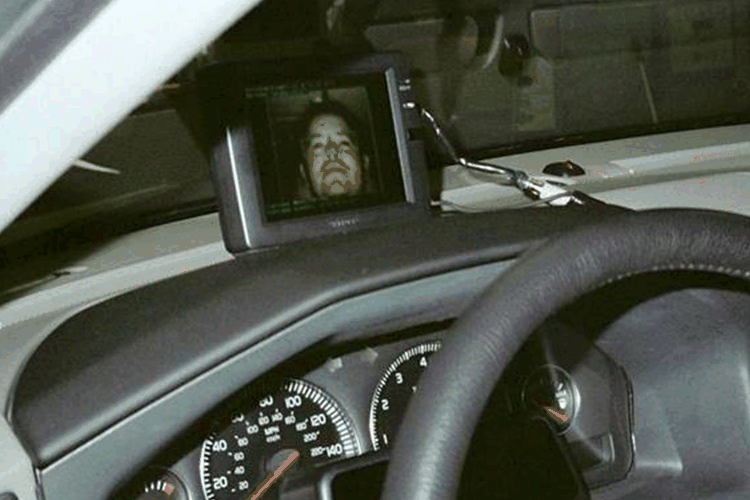Safety Vehicle Using Adaptive Interface Technology (SAVE-IT)
The National Highway Traffic Safety Administration (NHTSA) seeks to develop a test vehicle incorporating adaptive interface technology to help it understand the safety benefits such a system might achieve and the requirements necessary to achieve such benefits. The development of such a vehicle will also spur ongoing industry efforts and create a basis for possible industry standards needed to achieve widespread application of a common adaptive interface.
Project Details
The number of in-vehicle technologies and their potential for distracting drivers is expected to increase as more electronic devices, both stand-alone systems mounted in vehicles and portable hand-held devices, appear in cars. NHTSA estimates that driver distraction and inattention contribute to 20 to 30 percent of police reported crashes—about 1.5 million crashes a year.
Vehicles in which these systems and devices are embedded or operated need to be designed so that the demands they impose on drivers match drivers' capabilities to process and respond to the information presented. A central monitoring system is a promising approach to achieving, and increasing, the benefits of advanced vehicle technologies without creating adverse safety consequences due to driver distraction and information overload. Such a system would integrate the data being obtained by sensors to control the information flow to the driver through an adaptive driver-vehicle interface.
The NHTSA Human Factors/Engineering Integration Division of the Office of Human-Vehicle Performance Research seeks to develop a test vehicle incorporating adaptive interface technology to help it understand the safety benefits such a system might achieve. In concept, sensors monitoring the roadway, nearby traffic, vehicle operation, and driver state could provide information to a system, which decides how to adapt the vehicle based on the demands of the task relative to the distraction state of the driver. The development of such a vehicle will also spur ongoing industry efforts and create a basis for possible industry standards needed to achieve widespread application of a common adaptive interface.
NHTSA has a high-priority research project underway to develop and implement a prototype vehicle-based adaptive interface system to minimize driver distraction, the SAfety VEhicle using adaptive Interface Technology (SAVE-IT) program. A Delphi Electronics Inc.-led team, including the University of Michigan Transportation Research Institute (UMTRI), University of Iowa, Seeing Machines, Inc., and Ford, won the SAVE-IT contract, which is cost-shared. Volpe, The National Transportation Systems Center, provides program management and technical support to the NHTSA Office of Human-Vehicle Performance Research to monitor the multi-year program to develop SAVE-IT.
The SAVE-IT research activities include establishing the technical feasibility of developing SAVE-IT, exploring and evaluating technologies to measure driver distraction, and developing decision rules to prioritize in-vehicle information demands on the driver. Due to the anticipated technical challenges, the SAVE-IT research is phased. With the successful completion of the Phase 1 activity, NHTSA decided to implement the Phase 2 effort to build and evaluate the SAVE-IT prototype. This effort was set to be completed in mid-2007.



